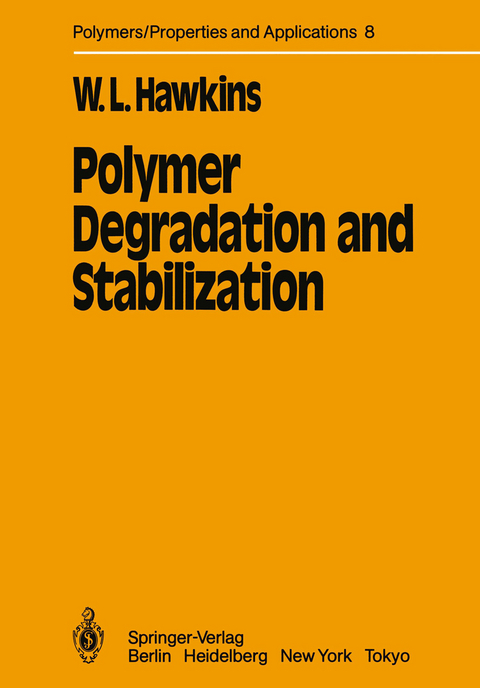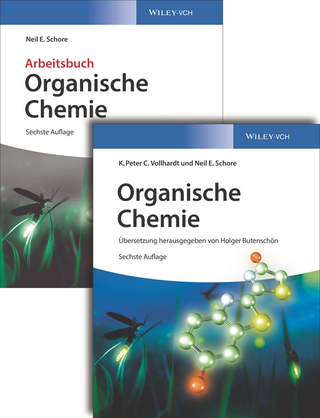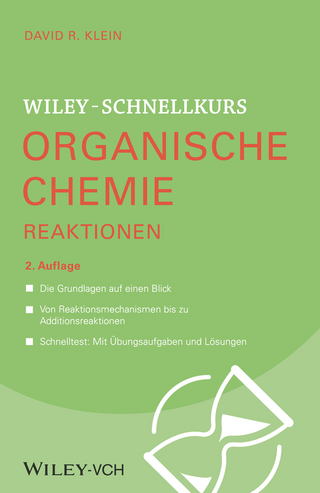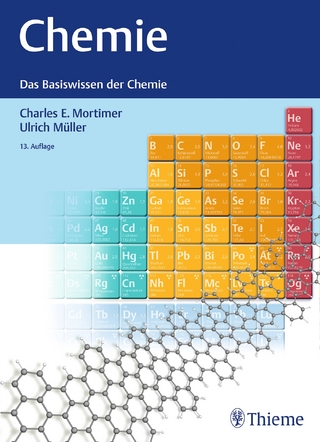
Polymer Degradation and Stabilization
Springer Berlin (Verlag)
978-3-540-12851-9 (ISBN)
A) Introduction.- References.- B) Polymer Degradation.- I) Thermal Degradation in the Absence of Oxygen.- II) Oxidative Degradation — An Historical Introduction.- III) Recent Developments in Oxidative Degradation.- IV) Degradation by Hydrolysis.- C) Stabilization Against Non-oxidative Thermal Degradation.- I) Stabilization by Structural Modification.- II) Stabilization by Copolymerization.- III) Stabilization by Crosslinking.- IV) Stabilization with Additives.- D) Stabilization Against Thermal Oxidation.- I) Hydrocarbon Polymers.- II) Non-hydrocarbon Polymers.- E) Stabilization Against Degradation by Radiation.- I) Stabilization Against Ultraviolet-Induced Degradation.- II) Stabilization Against Ionizing Radiation.- F) Stabilization Against Degradation by Ozone.- I) Stabilization by Waxes.- II) Stabilization by Antiozonants.- III) Stabilization by Structure Modification.- G) Test Procedures.- I) Methodology.- II) Properties Used to Evaluate Degradation.- III) Test for Thermal Degradation.- IV) Weatherability Tests.- V) Miscellaneous Test Procedures.- H) Future Trends.
| Erscheint lt. Verlag | 1.12.1983 |
|---|---|
| Reihe/Serie | Polymers - Properties and Applications |
| Zusatzinfo | XI, 122 p. |
| Verlagsort | Berlin |
| Sprache | englisch |
| Maße | 168 x 240 mm |
| Gewicht | 375 g |
| Themenwelt | Naturwissenschaften ► Chemie ► Organische Chemie |
| Naturwissenschaften ► Chemie ► Technische Chemie | |
| Technik ► Maschinenbau | |
| Schlagworte | Abbau (Chem.) • Chemistry • Chlor • Degradation • Hydrogen • Kunststoff • Kunststoffstabilisierung • photochemistry • Polymer • Radiation |
| ISBN-10 | 3-540-12851-4 / 3540128514 |
| ISBN-13 | 978-3-540-12851-9 / 9783540128519 |
| Zustand | Neuware |
| Haben Sie eine Frage zum Produkt? |
aus dem Bereich


